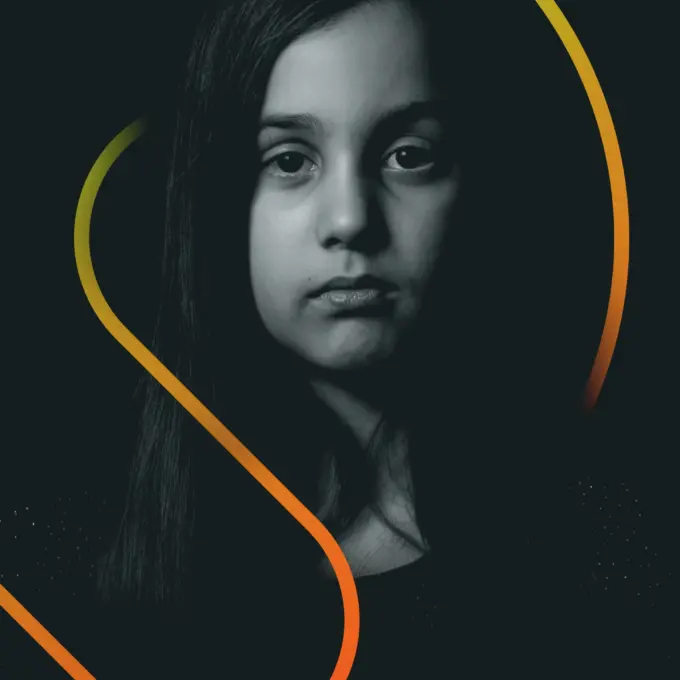
Online to Real World Violence
In recent years, discussions have increasingly explored the potential links between violence and social media. As young people’s lives become increasingly digital, concerns about social media’s role in harm has grown louder.
Does it enable, amplify, escalate, or fuel conflicts among young people?
What does the evidence say?
We know that violence and harm are complex issues that rarely stem from a single cause. Research on the impact of the digital world presents mixed findings, indicating that it can have both positive and negative effects on young people. The Youth Endowment Fund (YEF) undertook research with young people to unpick this further.
YEF found that nearly
percent say that social media played a role in their violent behaviour
Online arguments and the escalation of existing conflicts are often identified as triggers for real-world violence. This isn’t surprising, considering that the digital world is an everyday reality for many, especially young people. That’s why we must understand how and why it’s being used.
The Safer London VIPs felt that the Covid-19 pandemic had dramatically increased their dependence on social media for connection with friends. However, they noted that lockdown had also played a part in the increase in opportunities for bullying to occur.
Desensitisation and Normalisation
Repeated exposure to violent content on social media can lead to desensitisation, making young people less sensitive to violence. What once seemed shocking and unacceptable may start to feel normal, blurring the distinction between right and wrong. For some young people, this desensitisation can lessen their resistance to violence and criminal behaviour.
Need for belonging
Social media creates a virtual platform where young people can be recruited into gang involvement. It enables the glorification of gang culture, promising money, respect and a sense of family – tapping into young people’s need for belonging, acceptance and safety. Similarly, extremist groups use social media to groom, recruit, and manipulate young people, further increasing their risk of involvement in violence.
Sophie, Safer London Caseworker
It’s not a knife crime crisis; it’s an identity crisis.
What does all this mean, and what should be done about it?
Too often, families, practitioners, and communities reflect on missed opportunities that might have prevented a young person from losing their life to violence. Preventing violence demands bold and proactive efforts across all communities, both online and offline.
Online platforms must take stronger measures to limit access to harmful content. They need clear and enforceable safety policies, supported by highly trained moderators to ensure proper implementation. Additionally, they must improve their ability to identify and restrict content that glorifies or promotes violence.
Online platforms should also invest in digital spaces where young people can access support, connect with peers, and seek additional help when needed. Ensuring that young people are actively involved in shaping these solutions is crucial to making them effective and relevant.
We know that violence is a complex issue, and addressing the broader challenges young people face is essential. Ensuring their safety requires a comprehensive, public-health based approach. Teachers, clinicians, social workers, police, youth workers, and other professionals all play a vital role in understanding young people’s digital lives and supporting their safety.

At Safer London, we’re committed to supporting young Londoners in navigating the digital world. Help us to continue making sure young people are safe from harm.
Join us
Donate today